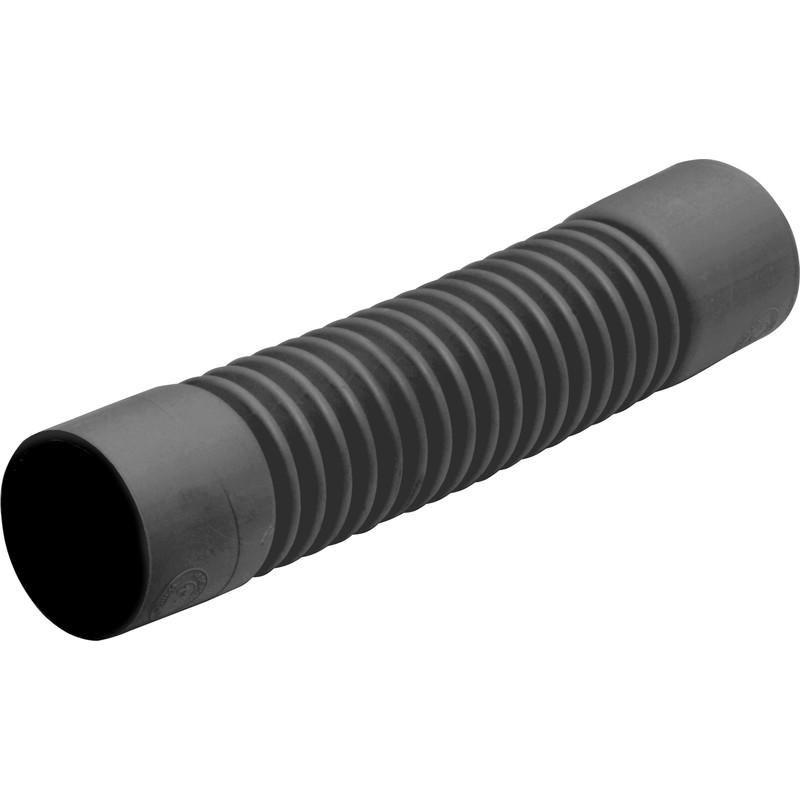Good morning folks.
I'm remodeling my bathroom and moving a basin to a different wall. I thought that everything was working out as I'm removing a bath and putting in a walk in shower, and the fall was more than sufficient for the extra run.
I had planned to tee the basin into the shower waste and stick an anti vac trap in. Problem is that the waste has to cross 1 joist and would foul it if run naturally. I know that the correct way to deal with this would be to drop the lot and tee into the stack lower down, but in my case that would involve replacing a 3in cast stack (Combined drainage system) which is what I am not too keen on, and even then I am into issues wit fittings to connect a waste to 68mm downpipe.
My thoughts (Bodge?) are that I could drop a 32mm flexi waste round the joist which involves about 2in drop. I know that this efectively creates a second trap, but it is accessible and I would connect it with compression joints so it could be removed and cleared.
Would this work or am I missing any factors?
I'm remodeling my bathroom and moving a basin to a different wall. I thought that everything was working out as I'm removing a bath and putting in a walk in shower, and the fall was more than sufficient for the extra run.
I had planned to tee the basin into the shower waste and stick an anti vac trap in. Problem is that the waste has to cross 1 joist and would foul it if run naturally. I know that the correct way to deal with this would be to drop the lot and tee into the stack lower down, but in my case that would involve replacing a 3in cast stack (Combined drainage system) which is what I am not too keen on, and even then I am into issues wit fittings to connect a waste to 68mm downpipe.
My thoughts (Bodge?) are that I could drop a 32mm flexi waste round the joist which involves about 2in drop. I know that this efectively creates a second trap, but it is accessible and I would connect it with compression joints so it could be removed and cleared.
Would this work or am I missing any factors?


